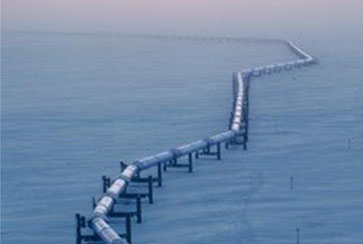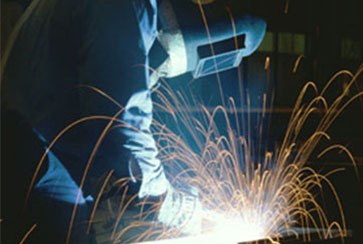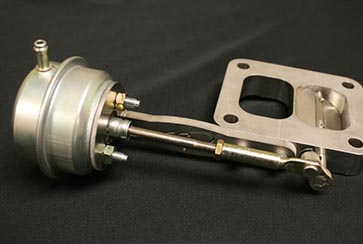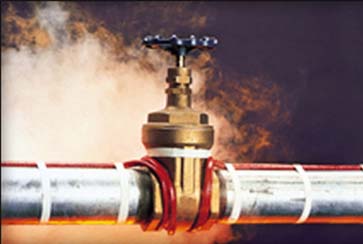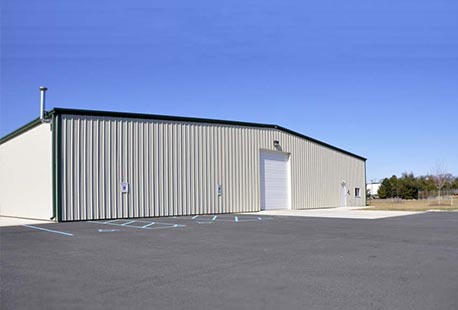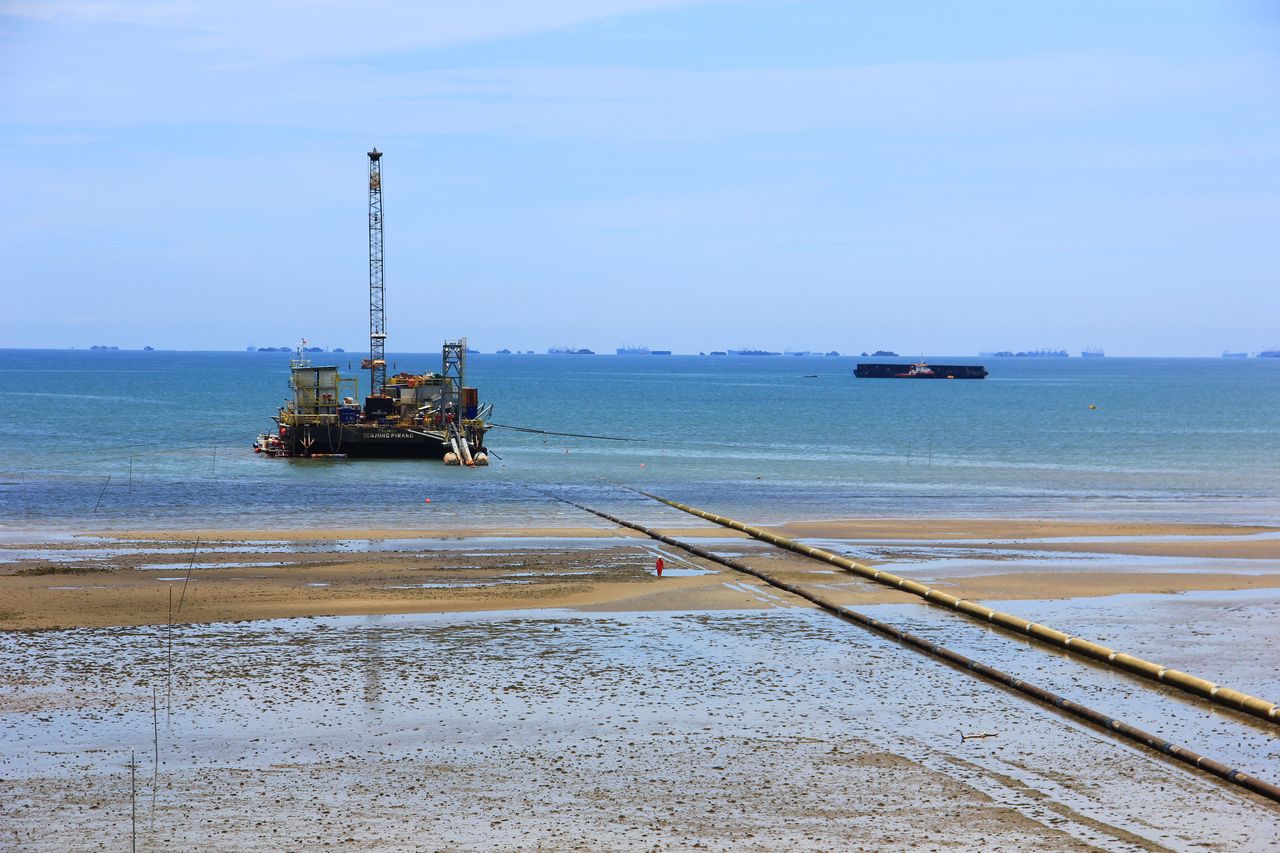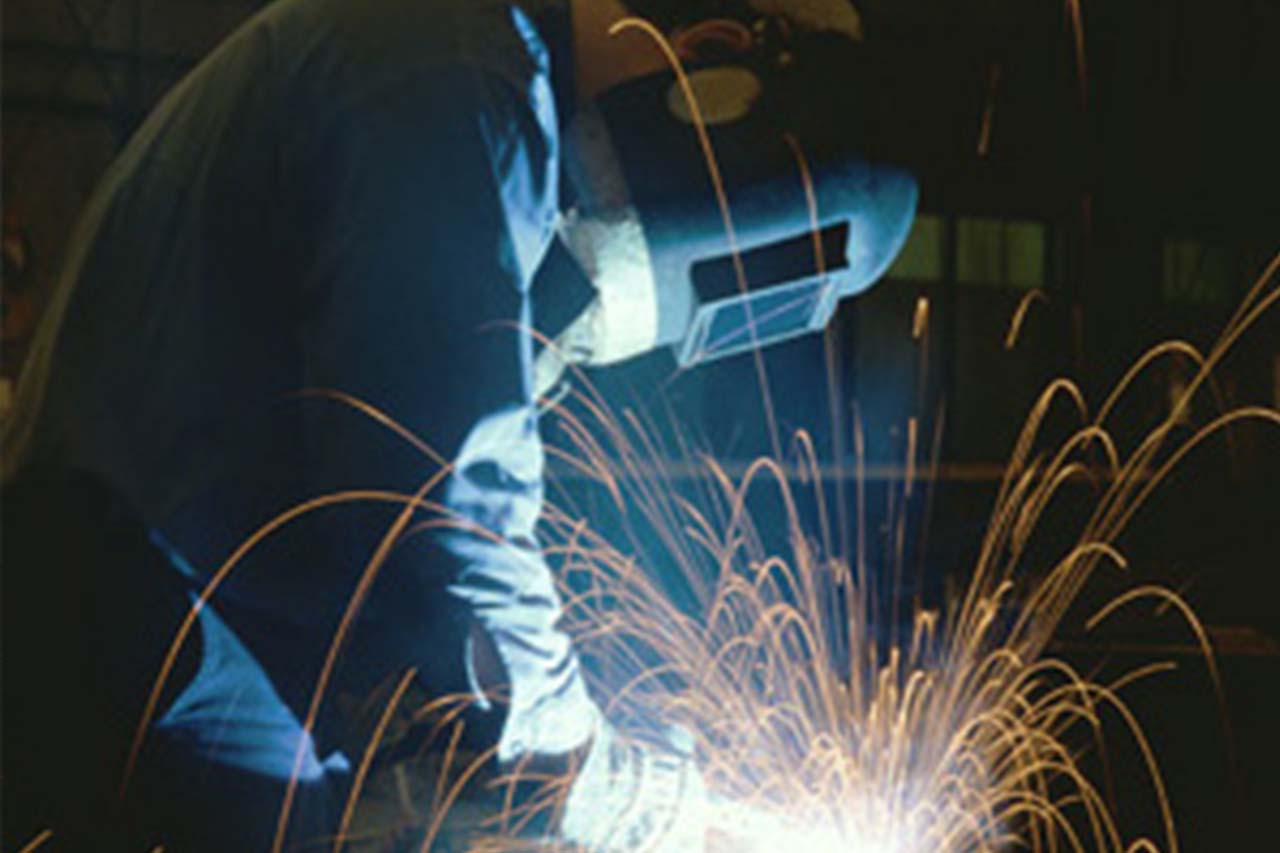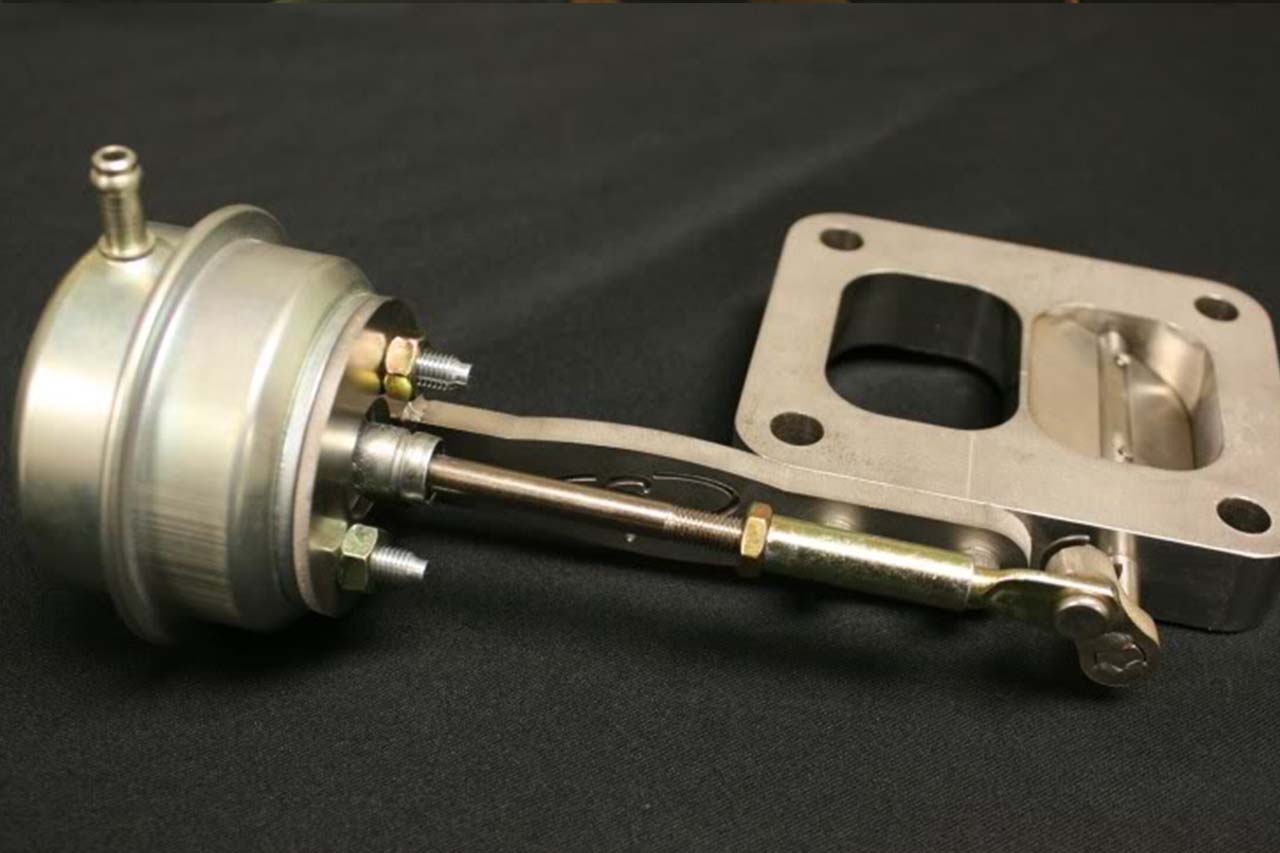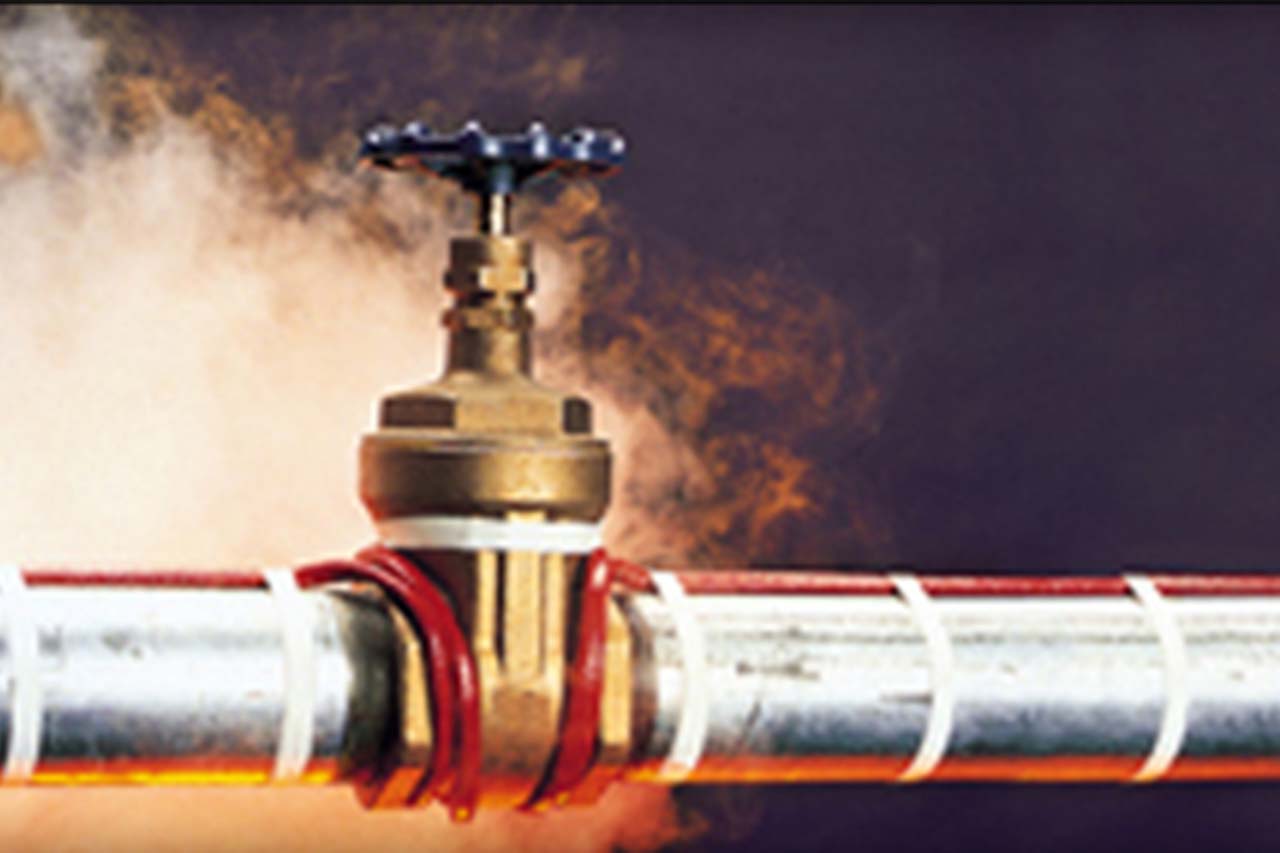MECHANICAL ENGINEERING SERVICES
This is Why We’re Really Successful in Our Projects and Why We’re the Best Choice for You
Our Mechanical Department specializes in
- Design and install all types of Fire Fighting Systems.
- Design and install internal & external water supply networks, sanitary drainage.
- Install mechanical ventilation and smoke ventilation systems.
- Install industrial waste treatment plants.
- Install natural gas and Propane gas networks.
- Design and install swimming pools, sauna and steam rooms.
MECHANICAL ENGINEERING FEATURED SERVICES
We Offer Our Customers the Best Services & Solutions, This is Our Main Services List
MAKING IT POSSIBLE FOR YOU
There are four main forms of tow-in pipeline installation. The first, the surface tow involves towing the pipeline on top of the water. In this method, a tug tows the pipe on top of the water, and buoyancy modules help to keep it on the water's surface.
Using less buoyancy modules than the surface tow, the mid-depth tow uses the forward speed of the tug boat to keep the pipeline at a submerged level. Once the forward motion has stopped, the pipeline settles to the seafloor.
Off-bottom tow uses buoyancy modules and chains for added weight, working against each other to keep the pipe just above the sea bed. When on location, the buoyancy modules are removed, and the pipe settles to the seafloor.
Lastly, the bottom tow drags the pipe along the sea bed, using no buoyancy modules. Only performed in shallow-water installations, the sea floor must be soft and flat for this type of installation.
MAKING IT POSSIBLE FOR YOU
Metal fabrication is the building of metal structures by cutting, bending, and assembling processes. It is a value added process that involves the construction of machines and structures from various raw materials.
A fab shop will bid on a job, usually based on the engineering drawings, and if awarded the contract will build the product. Large fab shops will employ a multitude of value added processes in one plant or facility including welding, cutting, forming and machining. These large fab shops offer additional value to their customers by limiting the need for purchasing personnel to locate multiple vendors for different services. Metal fabrication jobs usually start with shop drawings including precise measurements then move to the fabrication stage and finally to the installation of the final project.
Fabrication shops are employed by contractors, OEMs and VARs. Typical projects include loose parts, structural frames for buildings and heavy equipment, and stairs and hand railings for buildings.
MAKING IT POSSIBLE FOR YOU
Since a flow-control valve meters flow in one direction only, the inlet and outlet ports must be correctly connected in a circuit in relation to the flow direction to be metered. A valve’s drain connection must be piped to a tank so that a connection will not be subjected to possible pressure surges. The location of a flow-control valve with respect to workload has an affect on a circuit’s operating characteristics. The three basic types of flow-control valve installations are the meter-in, meter-out, and bleedoff circuits.
Meter-In Circuit With this circuit, a flow-control valve is installed in a pressure line that leads to a work cylinder. All flow entering a work cylinder is first metered through a flow-control valve. Since this metering action involves reducing flow from a pump to a work cylinder, a pump must deliver more fluid than is required to actuate a cylinder at the desired speed. Excess fluid returns to a tank through a relief valve.
To conserve power and avoid undue stress on a pump, a relief valve’s setting should be only slightly higher than a working pressure’s, which a cylinder requires.
MAKING IT POSSIBLE FOR YOU
Electric heat tracing, heat tape or surface heating, is a system used to maintain or raise the temperature of pipes and vessels. Trace heating takes the form of an electrical heating element run in physical contact along the length of a pipe. The pipe must then be covered with thermal insulation to retain heat losses from the pipe.
Heat generated by the element then maintains the temperature of the pipe. Trace heating may be used to protect pipes from freezing, to maintain a constant flow temperature in hot water systems, or to maintain process temperatures for piping that must transport substances that solidify at ambient temperatures.
Electric trace heating cables are an alternative to steam trace heating where steam is not available or unwanted


